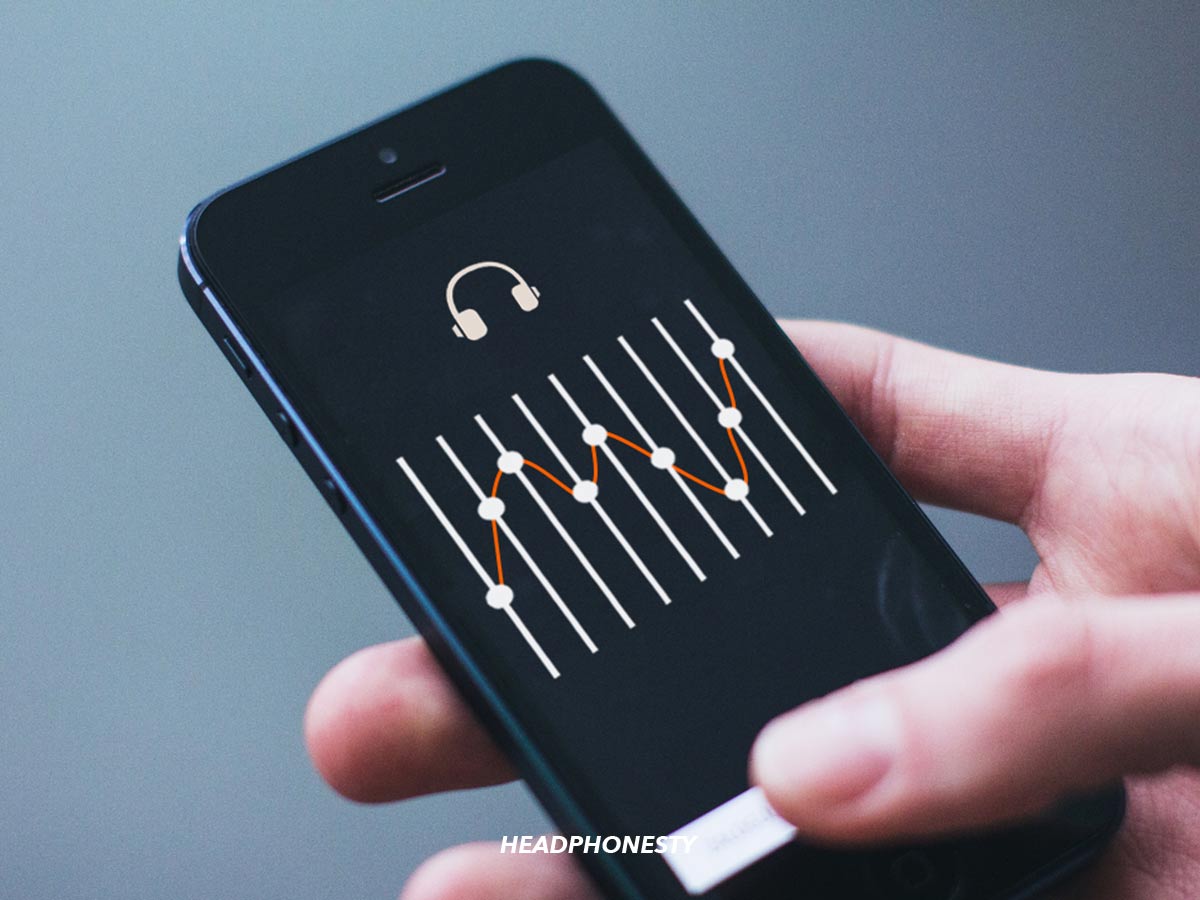I'm also gonna share how I use Blackhole, Soundflower, and HostingAU.
The basics are pretty simple, and there are a few basics that may not be obvious to a newcomer that could save your amp/speakers/circuit breakers.
The Audio Interface is the digital output from your laptop. It's controlled by the operating system and can point to any eligible device. Bluetooth, built-in speakers, headphone outs, anything. Point it to an audio interface like Soundflower or Blackhole. This may take fiddling in Audio Midi Controller to align bitrates and ins/outs to the physical and digital devices. You can also just output to, say, the headphone out, or a dongle. Soundflower has only worked on my computer at 48k, which is perfectly fine for me. I also use soundflower
and blackhole, because if the output device is disconnected (my DX3 in this case) it defaults to the highest alphabetical device(?!) and having soundflower output to blackhole is better than a loopback speaker explosion.
Linearization EQ is basically if I have a correction curve, it goes here. Oratory, Crinacle, whatever. This is a modified Crinacle Sundara EQ. I like to take full advantage of the available bands if a headphone still has noticeable peaks. There's a Global Gain bar and it should be used to keep the EQ at a maximum of 0dB gain at any frequency. That just means get the curve below the bar, doesn't matter how you get the shape. 3dB is double output, so consider the necessary watts for your changes. Everything EQ is going to make your stuff quieter and demand a bigger amp.
Room and preference curve correction EQ is where I tend to play with the room interactions and allow more broad adjustments to the output. This section can be huge when applied to speakers, but tends to be simple with headphones. "Room modes" like Amir talks about in his speaker reviews go here. My favorite are bass boosts and cuts, as well as range corrections. I'll just go through mine real quick. Band 1 is a bass boost I apply to music, Band 2 is always on, to correct the subsonic slump normal to open drivers. Band 3 is my correction to the Harman Curve, to reduce fatigue. Last are some of the most important corrections available, highpass filters. In these it's a mere subsonic filter, preventing damage or unnecessary flapping from my headphones. It can prevent damage to monitors while allowing boost, and keep ports from chuffing or subs from bottoming out. It will be more important as boost is applied. The cost is often depth, or maximum SPL when correcting. All filters are 2nd order unless otherwise stated. As usual, keep the wiggles below the line.

Last is the most important. The
lifesaver is a guarantee to never bottom out any properly set up electronic in your signal chain. If you are familiar with compressors, you know that they are the devil for high fidelity. They are anti-dynamics all-volume-all-the-time machines. Compressors are prominent in radio and podcasts because they make quiet things loud and loud things quiet. Compression is also really nice to use because in recordings, it fixes lumpy volume for you. Normally, you can use Pre-Gain to
boost a quiet person, say, 8dB. That's huge. What do you do when they flick the mic? Cut it. A compressor does both, but in reverse, it can prevent an output device from running over voltage 100% of the time. A faster attack and release will stop/return things to normal more quickly. Here, the Pre-Gain is set to -0.1 to minimize it's interaction with the system. The attack is fast and can cut signal almost instantly. The release is also the minimum and will return to normal as soon as the output is no longer overloaded.
This has been my TED talk.



